I know. I know that you are beginning to feel a rising sense of panic. Some of you (my BUSD district included) have answers about what form your school year will take this Fall. Some of you still don’t know what type of school you will be returning to. And arguably, even those who have an answer about what school will look like, don’t really know what school will look like. THIS IS ALL NEW! So, I understand the emotion that is swirling.
I want to remind you of something. You are passionate, powerful educators. If you are currently thinking about and planning for the 2020 school year, you are doing so because you care deeply about your students and doing right by them. I want to remind you that you know how to be a good teacher. You know how to educate students.
I want to remind you that just because education is being delivered digitally, doesn’t mean that all learning has to be digital. Nor should your planning start with the digital components.
A great place to start is with these two sentences. Fill in the blanks:
I want my students to __________.

Fill in the blank with something you want your students to DO or LEARN.
Follow that up with:
A tool I could use to accomplish this is _______________.
Here is the thing — The more often you can fill in that second line with the SAME, SIMPLE tool, the better experience your students and families are going to have. Especially in the beginning.
Learning this way is going to be hard. There are many things students and families are going to need to learn and navigate. The more simple and direct you can keep things in the beginning, the better. This will also allow you the time you need to focus on the learning, and not on juggling a million new cool tech tools and programs to navigate. Does that mean you can’t ever do new things? Or that you shouldn’t? No. But in the beginning, simple and straightforward are a good place to start. It also means that teachers who have been using digital tools in their instruction already, may be ahead of you. They may be doing things with their students that you are not ready to do. It’s okay! Focus on the learning first, not the flashy things you might be seeing on social media.
Consider this analogy. Imagine you see a bunch of your friends, or people in a Facebook group or on Pinterest, posting about the new attachment for their Cuisinart mixer that spiralizes zucchini. Maybe you already have a Cuisinart and you love baking with it. Or maybe you have never used a Cuisinart a day in your life. Depending which is true, you decide you either MUST buy the attachment, or heck, go all in and buy the Cuisinart AND the attachment. You spend a bunch of time looking up “zoodle” recipes and when your spiralizer comes, you dive in and make a meal for your family. Only problem is, your spouse reminds you that they are allergic to zucchini and your kids look at you like you have served them worms under the pasta sauce. Your excitement about the spiralizer does not seem to be met with the same enthusiasm from your family. What went wrong?
As teachers, you know to start with the learning. Whether we call it “Backward Planning” or “Understanding by Design”, you know that the important thing is to think about what you want your students to know and be able to do. This is not different because we are delivering instruction online. It is imperative that you don’t start your planning with the cool new spiralizer.
So, teachers, take a deep breath. The things you are feeling are understandable.* But, you know how to do this. The way you are going to deliver instruction this year is going to be different, but the education you know how to deliver remains the same. Focus on the learning, start simple, spend time making connections with your students. You CAN do this!
*BUSD teachers. Please start with the Professional Development modules that were created for you. (Don’t forget to sign into your BUSD account first.) They will help you navigate some of the feelings of uncertainty you are feeling right now. They will help you stay grounded in the type of planning and teaching you already know how to do.






 Draw
Draw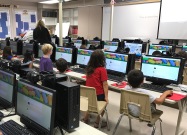 Students were also excited when they learned how to change the color of those numbers.
Students were also excited when they learned how to change the color of those numbers.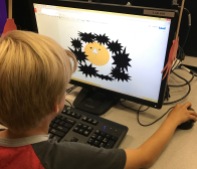
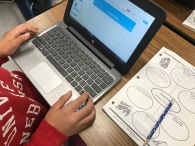
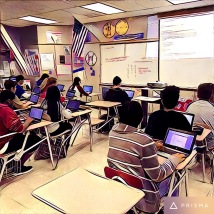
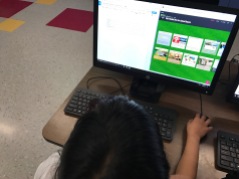
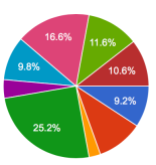













 metallic, non-metallic or metalloid and recorded their findings on a worksheet. Students worked together, actively pointing at their computer screens and helping each other locate information.
metallic, non-metallic or metalloid and recorded their findings on a worksheet. Students worked together, actively pointing at their computer screens and helping each other locate information. RSS - Posts
RSS - Posts